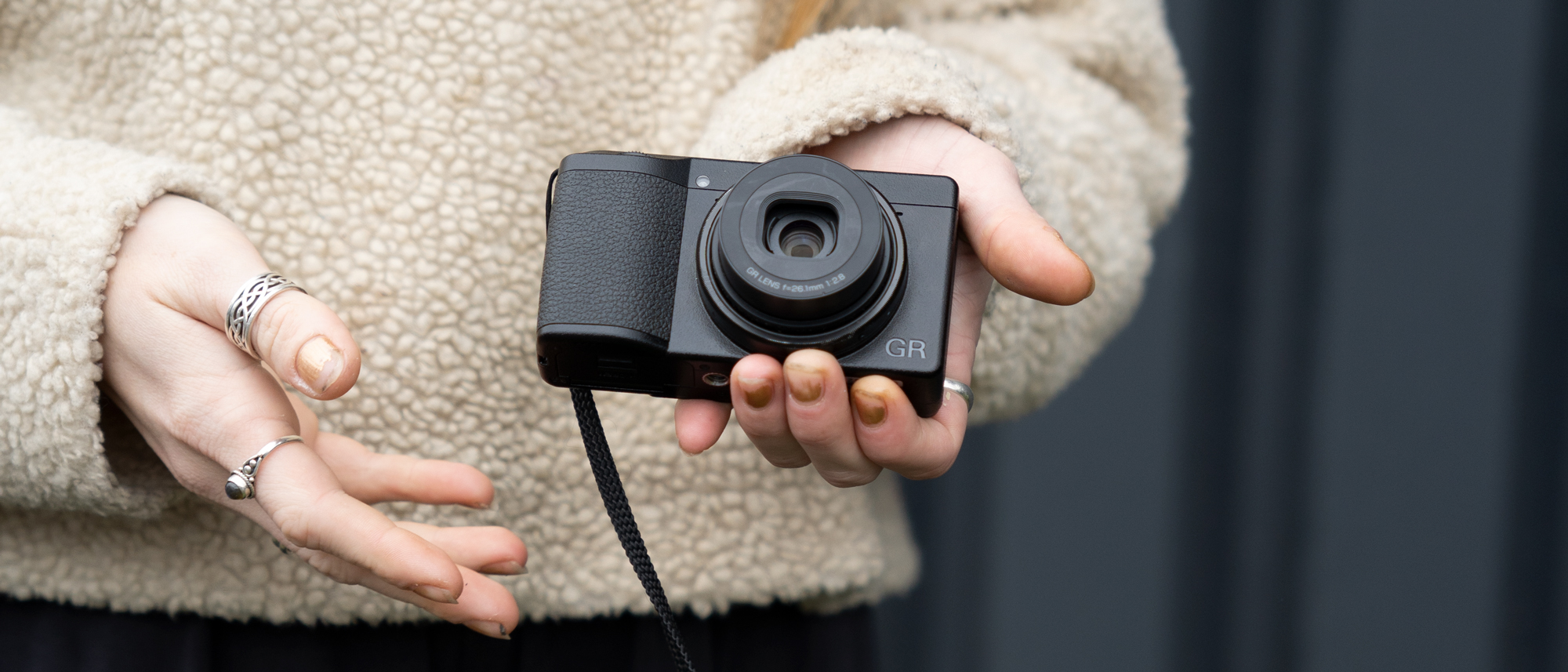Digital Camera World Verdict
The Ricoh GR IIIx is a street-savvy version of the Ricoh GR III with a better-suited 40mm lens instead of the original 28mm. It has a few other benefits, including an optional 1.5x teleconverter lens which can be attached to the fixed lens for a more zoomed-in view. For an APS-C camera, it's incredibly compact making it ideal for street or travel photography, and with a wide f/2.8 lens, super fast eye AF plus sensor-shift stabilization it's great for portraits too. It's pocket-sized but it's big on features boasting 2GB internal storage and built-in NDs. It truly is a compact camera aimed at photographers who want to have total control.
Pros
- +
Big APS-C sensor
- +
Built-in ND filter
- +
40mm f/2.8 lens
Cons
- -
Eyelevel viewfinder costs extra
- -
Only 1080p video
- -
Luxury price tag
Why you can trust Digital Camera World
Designed with the street photographer in mind, the Ricoh GR IIIx is a remarkable little (and I mean that literally) camera that's enjoyable to use and achieves amazing results. It's a one-stop solution for all your travel or street photography needs thanks to its range of advanced, helpful features that many compact cameras don't include.
• Which is best? Ricoh GR III vs GR IIIx
It's not going to win awards for its video specifications but if you're primarily looking for a powerful camera that can fit in your pocket and still gives you the control of a DSLR/mirrorless the Ricoh GR IIIx ticks all the boxes.
Specifications
Sensor resolution: 24.24 megapixel (6000 x 4000)
Sensor size/type: APS-C CMOS
Image stabilization: Sensor-shift, 3-Axis, upto 4 stops
Focal length: 26.1mm (35mm equivalent focal length: 40mm)
Optical design: 7 elements in 5 groups
Maximum aperture: f/2.8
Minimum aperture: f/16
Autofocus: Hybrid AF (phase matching and contrast detection) with face/eye detection
Focus range: Normal 7.9" to Infinity / 0.2 m to Infinity; Macro 4.72" to 4.72" / 0.12 m to 0.12 cm
Display type: 3-inch fixed touchscreen LCD
ISO range: 100-102400
Memory: 1x UHS-1 SDXC card slot, plus 2GB internal
File formats: RAW (DNG), JPEG, MPEG4 AVC/H.264 (MOV)
Weight: 262g (with battery and memory card)
Dimensions: 109.4 × 61.9 × 35.2mm
Build and handling
Made from magnesium alloy, the Ricoh GR IIIx is extremely tough yet lightweight and compact - and uses essentially the same design as the wider-angled Ricoh GR III. All the buttons are carefully and comfortably positioned, the 3 external exposure dials give the user complete control just as you'd expect from a DSLR and the touch screen LCD is highly responsive and can be used to focus, take photos and zoom into a photo.
In a similar fashion to most DSLRs or mirrorless cameras, the body includes three external exposure dials for shutter speed, aperture, and ISO, so if you're looking for a compact camera that still operates like a full-size system, this will give you total flexibility.
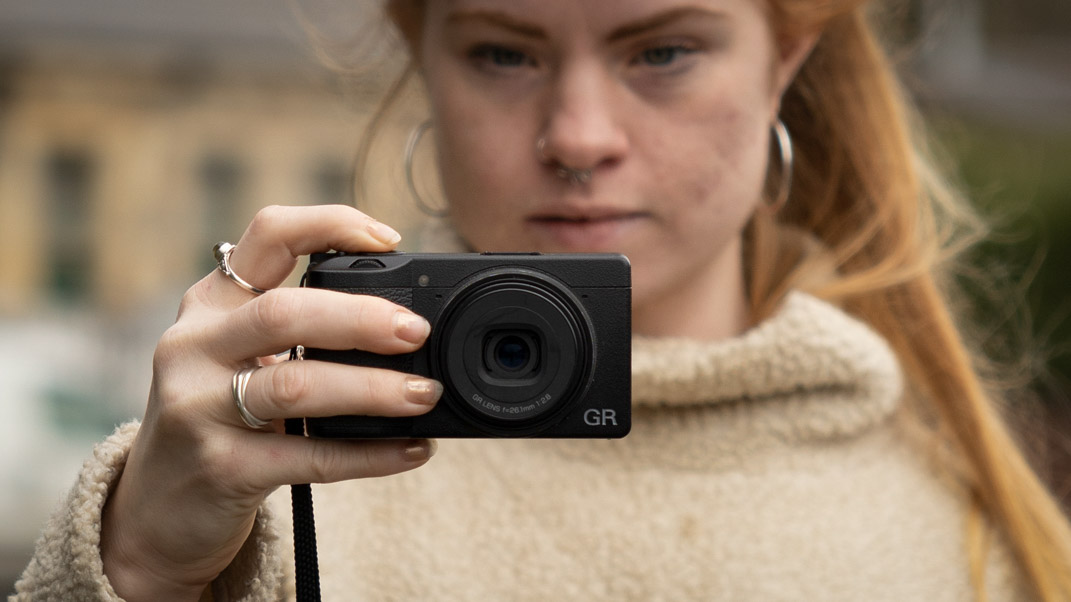
You'll notice it doesn't come with a full auto mode but that's not a mistake on Ricoh's part - instead, it's designed with the intention of being used by people who prefer to shoot using a traditional choice of manual, program, or shutter priority, or aperture priority modes. There are also three user settings that can be customized for very specific shoot settings.
The one thing it doesn't have is any weather sealing but it's not the end of the world, it's so compact you can use it with just one hand even if you're holding an umbrella with the other! It doesn't take anything away from how good of a camera this is, very few compact cameras have weather sealing anyway.
Performance
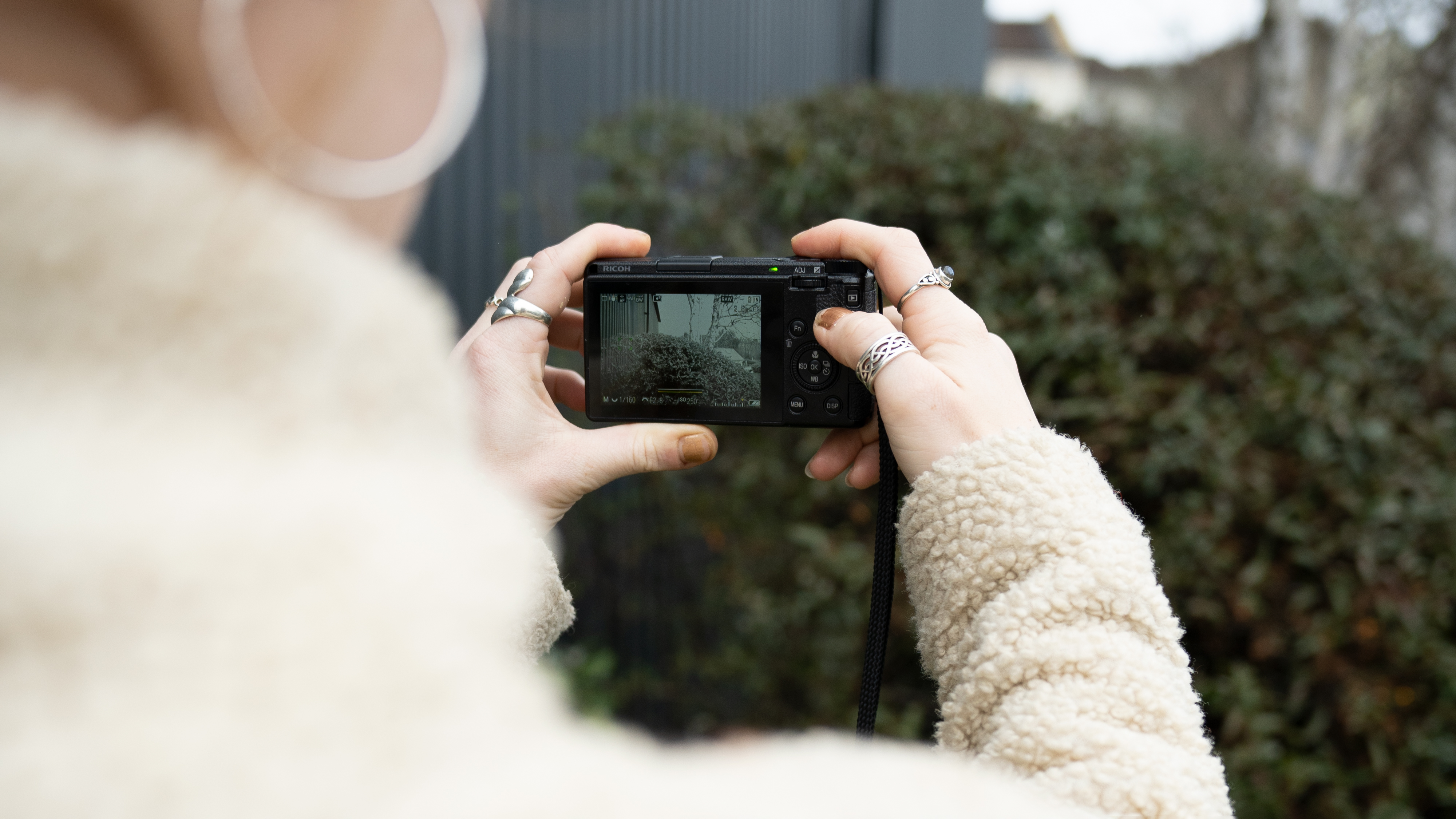
While a fixed lens camera might put some people off, Ricoh has come up with an ingenious way of ensuring that even though it is a fixed lens camera, you're not completely confined to shooting at 40mm. You can also either shoot cropped at 50mm or 71mm, or you can buy the optional screw-in 2x converter kit that gives you three more options (80mm, 100mm and 141mm).
Although the video specs are nothing to scream from the rooftops about, it can shoot Full HD 1080p at 60fps and it has a 2-stop built-in ND filter which can be used when you want to shoot wide open in bright daylight. Video also benefits from four stops of in-body stabilization which helps to reduce camera shake and create smooth movements.
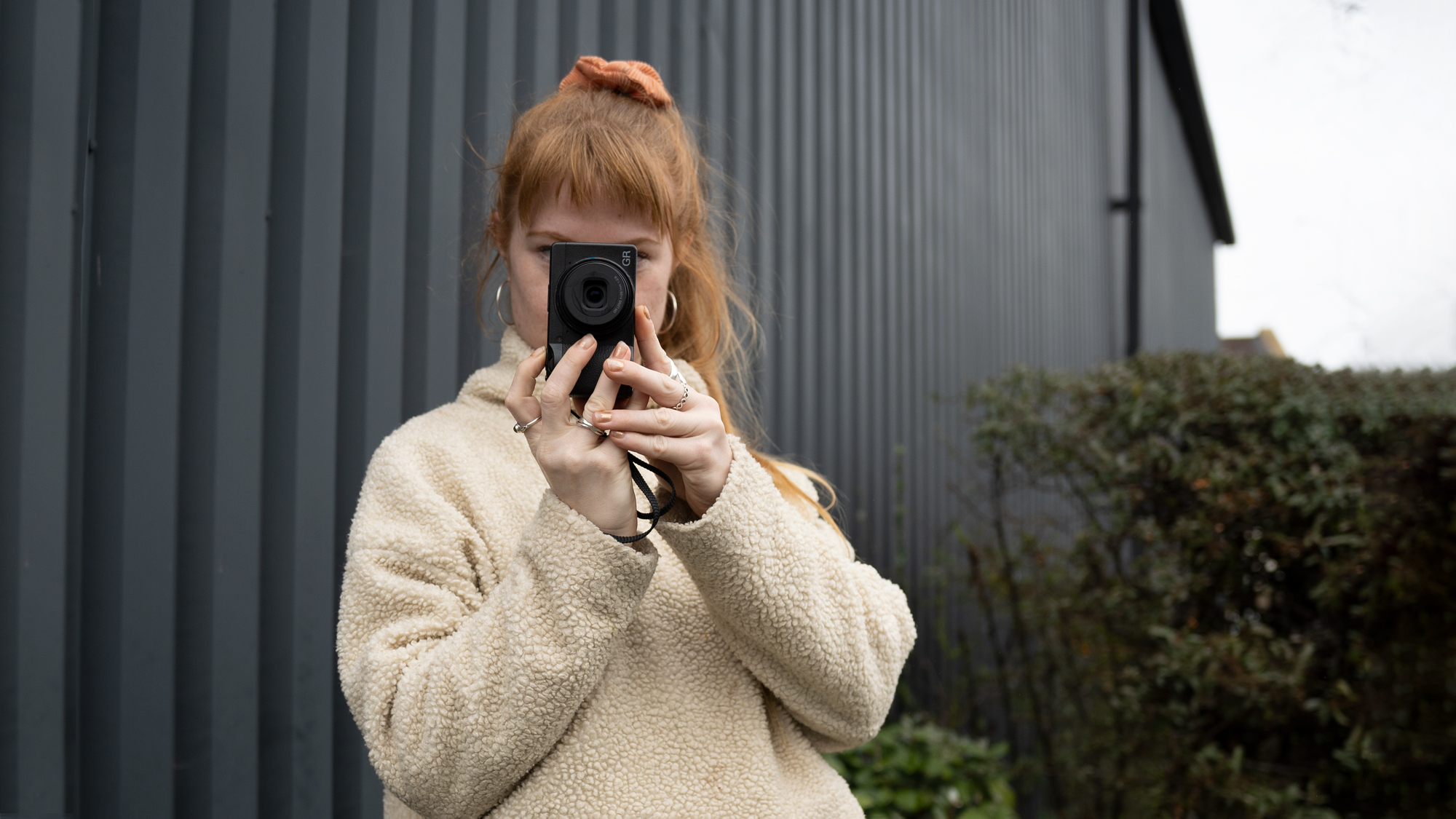
Since this camera is particularly aimed at people on the move, you shoot an image, edit in-camera and send it to your phone ready to be posted to Facebook or Instagram. The in-camera editing isn't the most advanced but it does give you the chance to correct any exposure errors very quickly. You can make a color image black and white or vice versa should you change your mind and each edited photo is saved as a new version.
A range of film simulation modes plus external exposure dials and in-camera editing gives the photographer complete creative control and makes it possible to export a ready-to-go image with enhancements.
For such a small camera, it performs incredibly well in low light thanks to the large APS-C sensor and in-body stabilization that allows you to shoot at much slower shutter speeds while still handheld. This makes it perfect for shooting gigs, capturing ambiance in a restaurant or shooting street photos by night.
Sample images
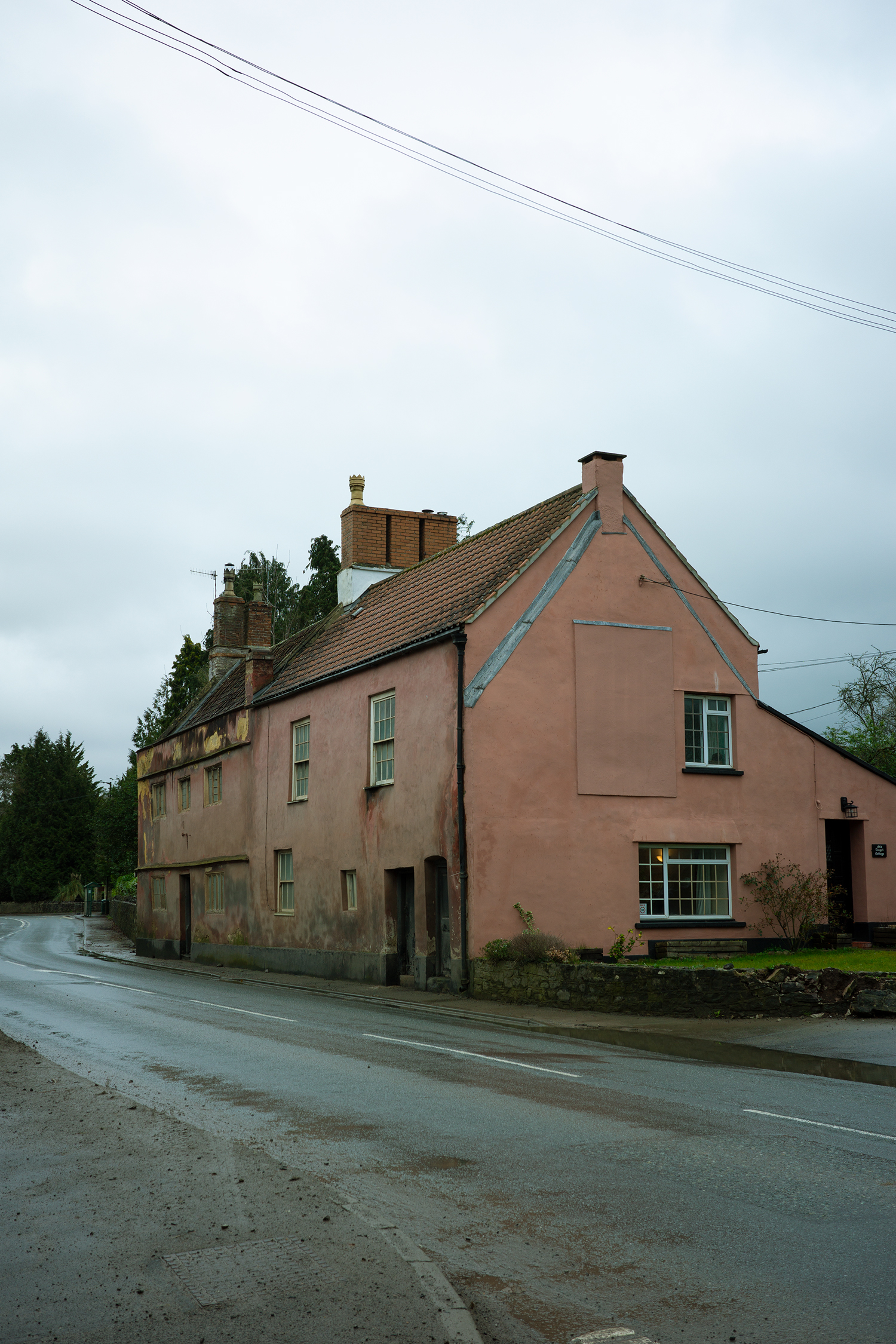
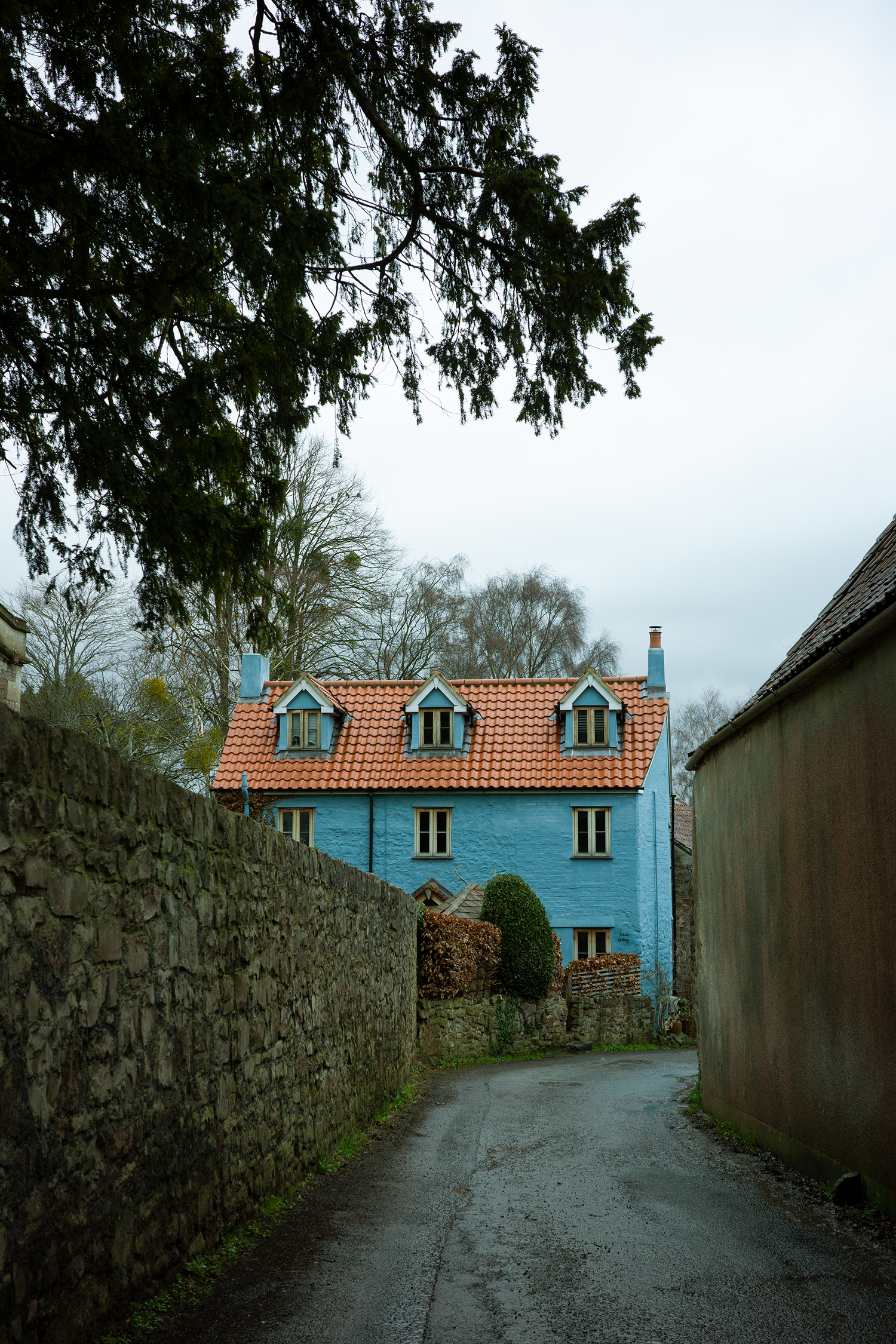
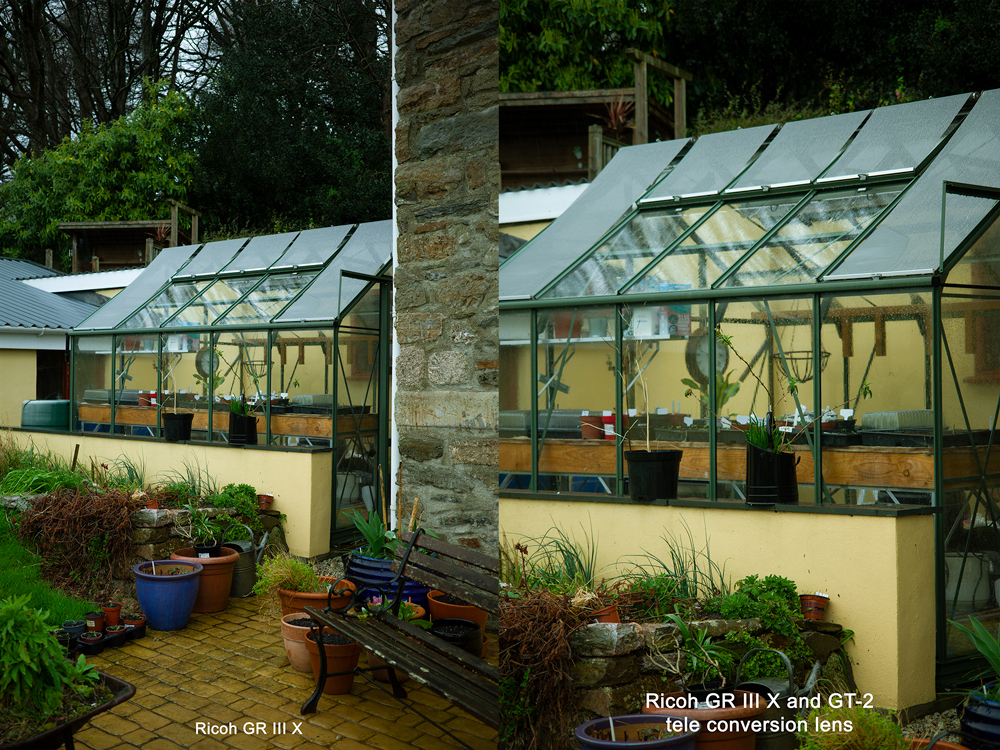
Verdict
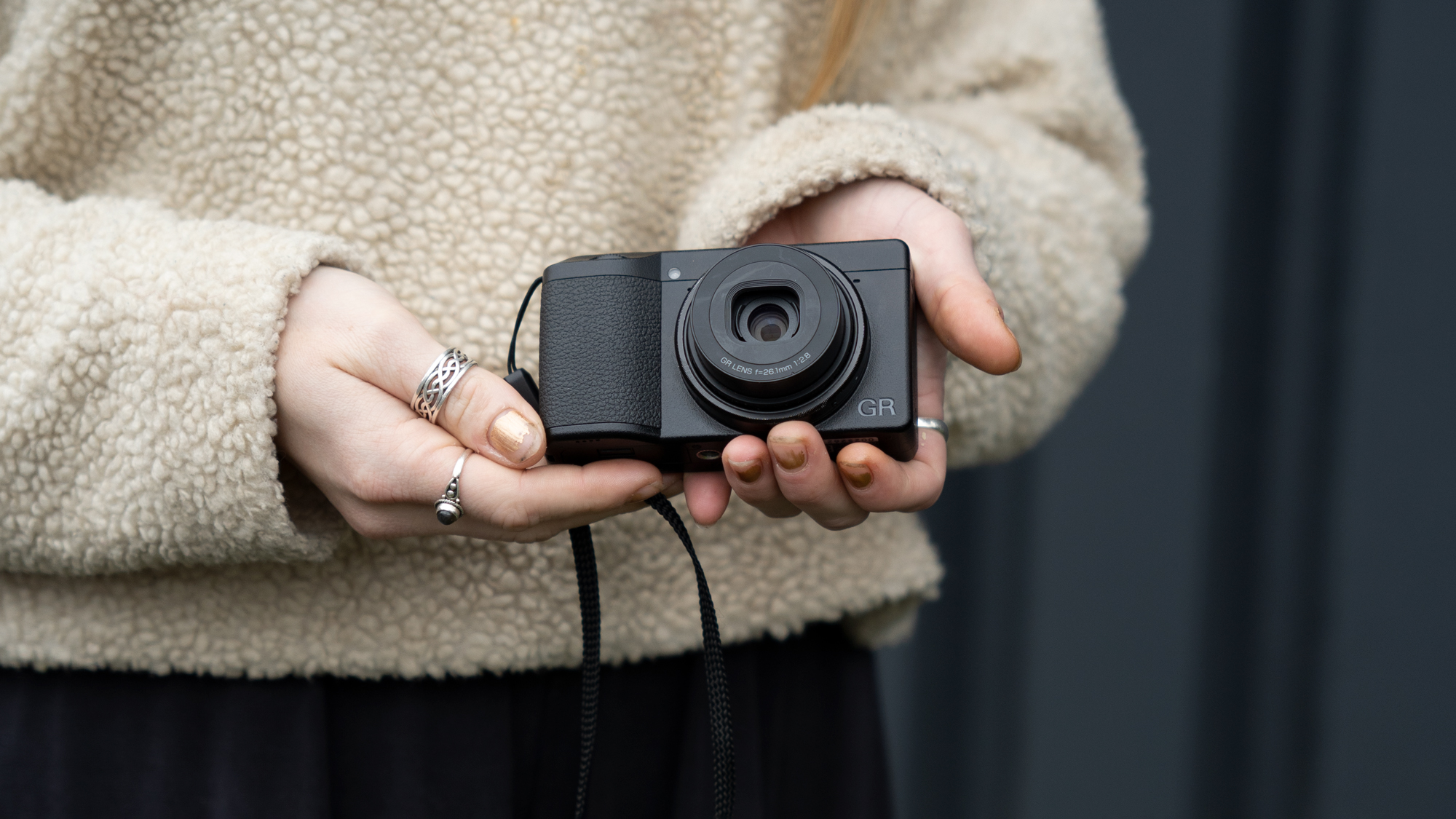
Having never used a Ricoh GR IIIx before I'm almost tempted to go out and buy one (if only I had the funds). But if you're willing to spend a bit of money on a really good compact camera, the Ricoh GR IIIx is a camera to keep in mind. Using crop factors as one way to change the focal length keeps with the intuitive camera design which has undoubtedly been tailored to shoot the needs of travel and street photographers.
It's impressive to fit so many features into a pocket-sized camera. While the bare-bones camera is missing a viewfinder you can buy an external one that attaches to the hot shoe (called the GV-3 this costs around $250/£299)
With the optional Ricoh GT-2 2x Tele conversion lens, you can get a much longer focal length, equivalent to 80mm in full frame terms, adding a lot of versatility to a very small setup (at an additional cost of about $270/£249 for the converter, plus another $50/£49 for the ring adaptor).
This is a camera that should be shouted about more, it's a big step up from any phone camera but can still fit comfortably in your pocket (without any add-ons). It might be a small camera but it packs a big punch.
Read More:
Best camera for street photography
Best travel cameras
Best APS-C compact cameras
Best point-and-shoot cameras

Having studied Journalism and Public Relations at the University of the West of England Hannah developed a love for photography through a module on photojournalism. She specializes in Portrait, Fashion and lifestyle photography but has more recently branched out in the world of stylized product photography. Hannah spent three years working at Wex Photo Video as a Senior Sales Assistant, using her experience and knowledge of cameras to help people buy the equipment that is right for them. With eight years experience working with studio lighting, Hannah has run many successful workshops teaching people how to use different lighting setups.
